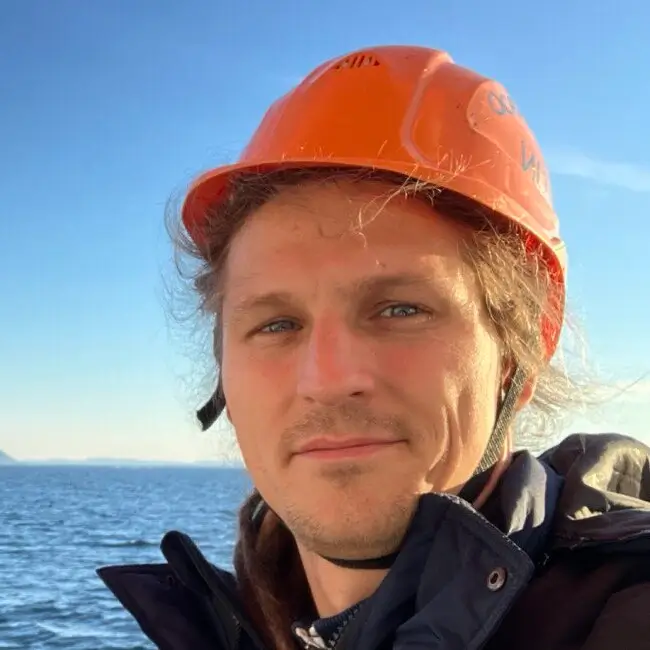
An anthropomorphic representation can be formed for anything—we love to compare objects to ourselves. Our planet also has an anthropomorphic image, or rather some of its elements. The Earth has no ‘arms’ or ‘legs’, but it has the ‘navel’, the ‘womb’, and the ‘cap’, or even two: the Arctic and Antarctica. However, let us turn to another interesting object—‘lungs’ of the planet.
As is known, the ‘lungs’ of the planet are forests. But these lungs are very strange. Firstly, the lungs of the planet do not absorb oxygen, but, on the contrary, produce it—so that our human lungs can breathe. Secondly, land plants produce only half of the oxygen, and the other half comes from the ocean as a result of the vital activity of phytoplankton. Thus, one of the two ‘lungs’ of our planet turned out to be a ‘gill’.
Upon closer examination, land plants turn out to be not so effective in producing oxygen. Plants not only produce oxygen during photosynthesis, but also actively consume it during cellular respiration to obtain energy in the dark and ensure their vital functions. Moreover, after death, in most cases, plants remain lying on the surface of the earth and decompose. This also consumes the oxygen they previously produced. So it turns out that the lung of our planet, although it produces half of the oxygen on Earth, then absorbs almost all of it back.
And how does the gill of our planet behave?
Firstly, phytoplankton produces much more oxygen than it subsequently absorbs. Secondly, a significant proportion of organic matter in the ocean sinks to the bottom after dying. At great depths on the seabed there is little oxygen, so organic matter decomposes mainly anaerobically, that is, without the use of oxygen. For these two reasons, 40 per cent of the oxygen produced by the gill of our planet eventually enters the atmosphere. So, the breathing of our planet (that is, oxygen in the atmosphere) is provided by poorly functioning lungs and well-functioning gills. But it was not always so.
When life originated on Earth, there was practically no oxygen in the atmosphere. For the first billion years of their existence, living beings did not decompose carbon dioxide and did not produce oxygen, since hydrogen sulfide, ammonia and methane were in abundance and were easier to decompose. Then oxygenic photosynthesis appeared, that is, photosynthesis leading to the release of oxygen. Living beings began to actively release oxygen, but it was immediately absorbed by the ocean and rocks on land and the seabed.
Only 1.5 billion years after the appearance of oxygenic photosynthesis, all available rocks on land and the seabed were oxidised and oxygen began to quickly accumulate in the atmosphere. Oxygen in the atmosphere caused a complete revolution, an oxygen catastrophe! Living organisms that were not adapted to life in oxygen conditions almost completely died out. In addition, oxygen in the atmosphere formed the ozone layer, which absorbed the harshest part of solar ultraviolet radiation. The protective ozone screen allowed complex life forms to emerge from the sea and function freely on land. And finally, the appearance of oxygen in the atmosphere changed its chemical composition. Before that, the atmosphere had a high content of methane, and with the appearance of oxygen, most of it decomposed into carbon dioxide and water. Methane has a greenhouse effect several dozen times stronger than carbon dioxide, so with the disappearance of methane, global cooling began, the Huronian glaciation, which lasted 300 million years! The Earth was then almost completely covered in ice, from the poles to the tropics.
That’s how photosynthetic creatures froze the planet, adjusted the ocean and atmosphere to their needs, starved out the old inhabitants of the Earth and took their place.

Leading Researcher, Head of Arctic Oceanography Laboratory
Shirshov Institute of Oceanology, Moscow Institute of Physics and Technology, Ocean Around Us

